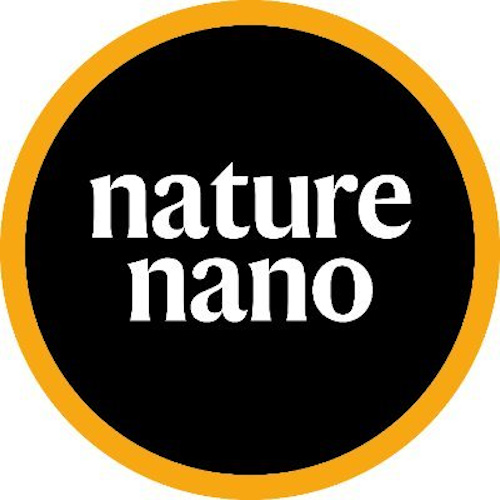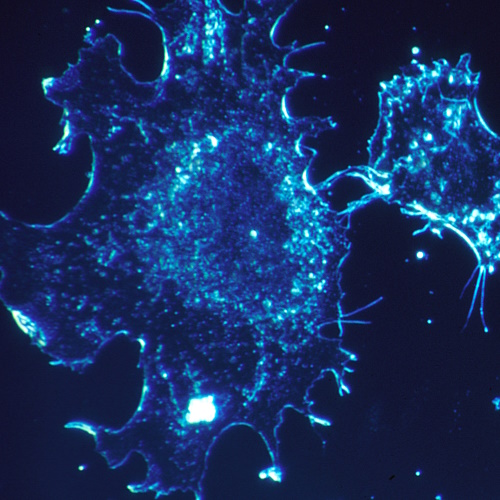Key points from article :
A team of researchers led by Dr. Ciro Chiappini at King’s College London has developed a groundbreaking nanoneedle patch that could eliminate the need for painful and invasive biopsies. Published in Nature Nanotechnology, the study showcases a patch embedded with millions of nanoneedles—each 1,000 times thinner than a human hair—that can painlessly collect molecular data from living tissues without cutting or damaging a single cell.
This innovation addresses long-standing challenges in diagnosing diseases like cancer and Alzheimer’s, where traditional biopsies involve removing tissue with needles or scalpels—often causing pain, delays, and risks. For delicate organs such as the brain, where repeated biopsies are rarely feasible, this nanotechnology offers a promising alternative. In preclinical trials on brain cancer tissues from human and mouse models, the patch was able to extract key molecular “fingerprints” such as proteins, lipids, and mRNA, all while preserving the integrity of the tissue.
What sets this approach apart is its ability to provide real-time, multidimensional molecular insights using AI and mass spectrometry. Doctors can track disease progression or treatment response with unprecedented speed and precision—sometimes within just 20 minutes—potentially guiding decisions during surgery itself. Because the patch does not damage tissue, it allows for repeat sampling from the same site, which was previously impossible.
This interdisciplinary breakthrough, involving experts from King’s College London, the University of Edinburgh, and Ben Gurion University, could soon be integrated into contact lenses, surgical tools, or bandages. Mass-producible using the same techniques as computer chips, the nanoneedle patch may soon transform diagnostics and monitoring into a faster, safer, and more patient-friendly process.








